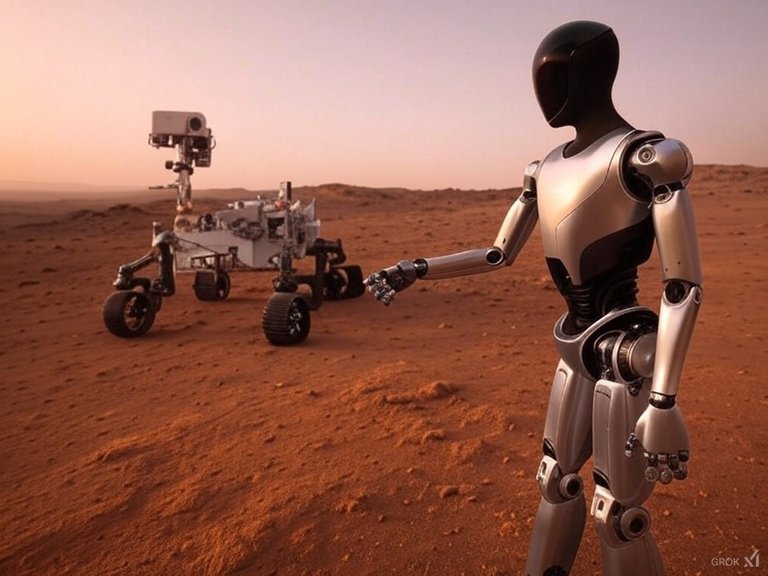Is it possible to combine the MSR mission with the first Mars Starships mission leaving in 2026?
KiwiThinker's MSR Mission Profile
This article explores the simple and logical proposal to use Starship to deliver the MSR return hardware, which then returns as planned by Rocket Lab, NASA or some other player. This would bring samples back by late 2027, years ahead of other options.

Mission Profile: Go on Starship, Standard Return.
SpaceX plans to send at least five Starships to Mars in 2026. As part of this mission they will send Tesla Optimus robots and Cybertrucks. There will be a number of support items like power generation and equipment useful for preparing for a human colony during a later window.
The Starship has a large payload capacity which would allow it to transport cargo like the equipment needed to return the samples.
The essence of the mission is to carry both the Sample Retrieval Lander (launch rocket only) and Earth Return Orbiter on the first Mars Starship in 2026.
The Orbiter is deployed in Mars orbit on arrival.
The Lander is deployed on the surface once landed to collect the samples and launch them to the Orbiter.
As per the Rocket Lab plan, the Lander launches to Low Mars Orbit (LMO) and docks with the Earth Return Orbiter, which then returns to Earth.
Samples arrive back on Earth as early as late 2027.
There are several key benefits to this mission profile:
Cost: Starship is going anyway so it can effectively deliver the return vehicles for free.
Timing: The samples are returned by late 2027.
Support: Optimus robots, Cybertrucks and even drones could be used to rapidly load the samples onto the return rocket.
More Samples: It’s possible that the robots could be used to rapidly collect more samples to return on the mission.
Preparation: Due to only needing to build the return vessels, the mission preparation time and cost is remarkably shortened.
Risk
There are risks. SpaceX has not landed on Mars yet. There is a risk of Starship crashing on landing attempts.
This risk is reduced by having more than one Starship. If they are landed one after the other, giving time to adjust the landing profile, then the likelihood of successful landing increases.
Placing the MSR hardware on the final landing Starship increases the chance of successful delivery.
However, not sending MSR on the first Starship missions has a greater risk of it not happening at all due to becoming redundant with other missions.
Mission Variation:
One mission variation that reduces the risk even more is to also carry the third-party Mars lander.
In this scenario, two launch vehicles are sent. The Earth return vessel is still deployed from Starship. However, one launch vehicle lands with Starship and the other lands itself as per the original plan.
Conclusion
The final shape of an MSR mission piggybacking off the Mars Starship mission may vary, but the key advantages cannot be ignored.
It’s cheaper and will happen a lot sooner. It will give the opportunity to complete the mission before the need for it is removed by other missions.
It’s a logical combination that benefits many.
MSR in 2027, let’s go!